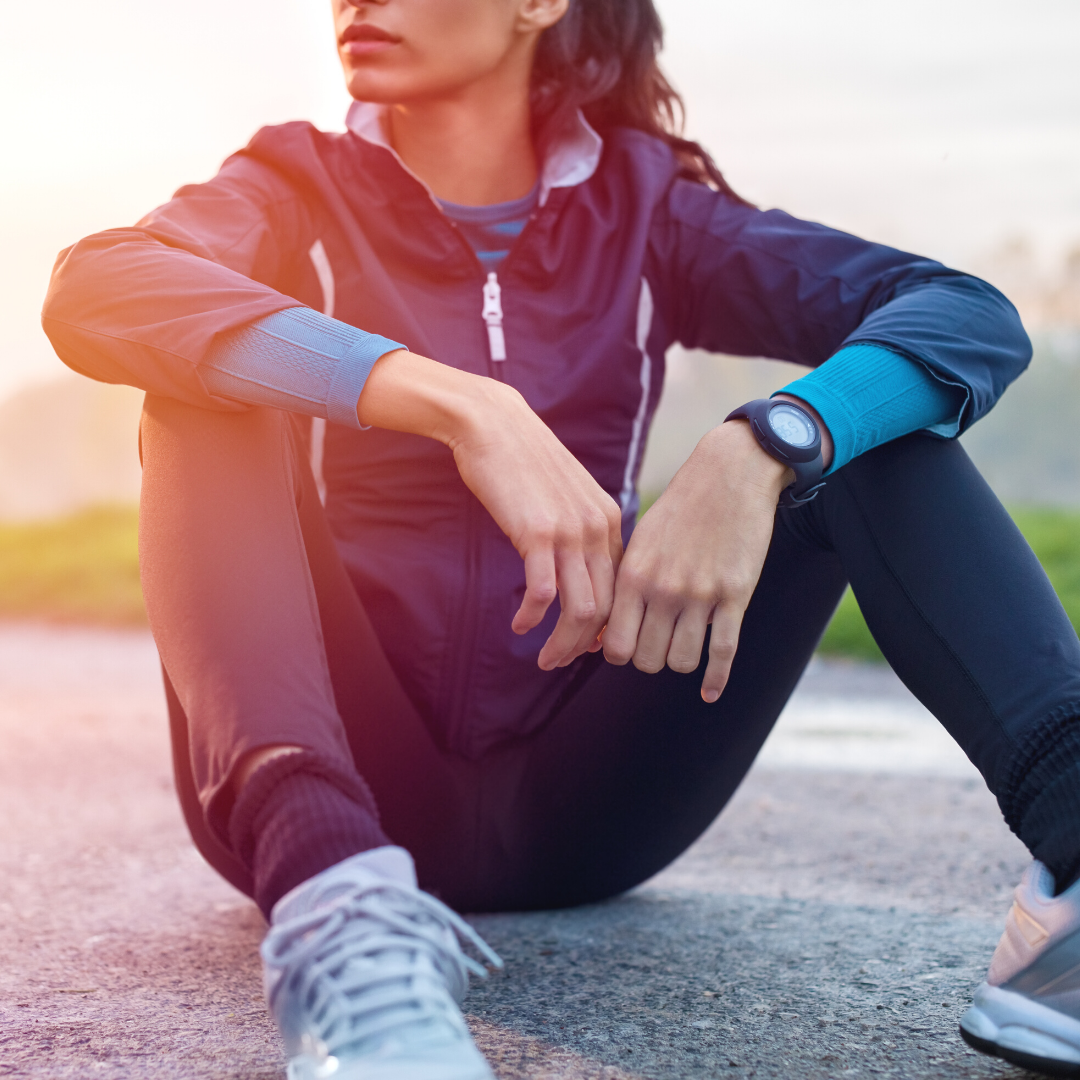Despite being plagued by a bad ankle all season, Plaxico Burress of the NY Giants was still able to haul in the winning touchdown pass in last year’s Superbowl. Unfortunately, despite an offseason of rest and treatments, he started this preseason with a foot condition. Having missed time last season, the Giants didn’t want to mess around with his condition……he has already been fitted for orthotics. These are not the orthotics that one can buy over the counter at Target. No….these are custom-made, prescription orthotics designed to treat specific conditions in an individual’s foot. Years ago, orthotics were reserved for special cases but now professional athletes in all sports have been clued into their potential benefits.
A poll conducted by the American Podiatric Medical Association found that more than half of all Americans had missed a day of work because of foot problems. Considering that the feet are the major weight-bearing part of the body, it’s little wonder we run into problems.
A close look at the human foot reveals a marvel of design and efficiency. No less than 26 bones work with the foot’s ligaments, muscles and tendons in two very small structures to support and balance the weight of the entire body. The force through a foot during normal walking is enormous. On average, our feet log 1,000 miles per year; and as shock absorbers, feet cushion up to one million pounds of pressure during one hour of strenuous exercise
All this being said, foot pain isn’t normal and shouldn’t be ignored. The presence of foot problems can affect the proper functioning of other parts of the body, including the hip, knee, and back.
One potential way to treat foot problems is with shoe inserts called orthotics. Custom-made orthotics are medical devices inserted into one’s shoe to correct an abnormal or irregular walking pattern. They work like shock absorbers, removing pressure and stress from painful areas in the foot and ankle. Orthotics also promote the proper alignment of the feet. They can restore balance, improve sports performance and even alleviate pain in the knee, hip, and lower back
Since orthotics alter the way a person walks, stands, and absorbs shock from the ground, anyone wishing to use them should have a good reason. It is recommended that individuals considering orthotics consult a professional with the proper training and credentials, such as a podiatrist.
Custom orthotics prescribed by a doctor should not be confused with the prefabricated models found in places like pharmacies or sporting goods stores. There is a significant difference in quality and effectiveness. Prefabricated orthotics, mass-produced to fit an “average” foot, may cost less, but usually do not properly correct the specific problems found in an individual’s foot and may end up doing more harm than good
Custom-made orthotics can provide relief for many different types of foot pain including heel pain and plantar fasciitis; arch pain; pain caused by bunions, an injury or a sprain; pain caused by running, walking, and sports; pain related to diabetes; and pain experienced by senior citizens whose feet change as they grow older. Foot orthotics do not actually correct foot or ankle problems, such as fallen arches. But, orthotics can reposition the structures in the foot to optimize biomechanical function and reduce the chance of injury.
In athletic individuals, sports activities result in a great deal of movement and pressure on the foot. Slight imbalances in the foot that are not harmful or even detectable under usual circumstances may make one more vulnerable to injury with the extra stress of sports activity. By eliminating the need for one’s muscles to compensate for imperceptible imbalances, orthotics can reduce fatigue and promote efficient muscle function to enhance performance.
There are three broad categories of orthotics: those that primarily attempt to change foot function, those that are mainly protective in nature, and those that combine functional control and protection.
While orthotics can be made by several different processes, most podiatrists make a plaster mold of the patient’s foot and send it to a laboratory with a prescription. At the lab, technicians pour plaster into the mold, and when it hardens, it exactly reproduces the bottom of the individual’s foot. Based on the doctor’s prescription, the technicians then custom-make a device to meet the patient’s specific needs.
Rigid orthotic devices are designed to control foot function and may be made from a firm material such as plastic or carbon fiber. This type of orthotic is often used to improve or eliminate pain in the legs, thighs, and lower back due to abnormal function of the foot. Soft orthotic devices help to absorb shock, improve balance and take pressure off uncomfortable or sore spots.
The third type of orthotic, which is semirigid, is often used for athletes. It allows for the dynamic balance of the foot while running or participating in sports. By guiding the foot through proper functions, it allows the muscles and tendons to perform more efficiently.
Orthotics are very sport-specific and different sports require different orthotics (ski boots, golf shoes, cycling shoes, skates, tennis sneakers, hiking boots, etc.) That being said, one probably can’t walk around a professional sports team’s locker room without seeing orthotics in many of the athletes’ shoes. If they can help Plaxico Burress compete against the Patriots, they can probably help you in your weekly pickup games or workout sessions…



